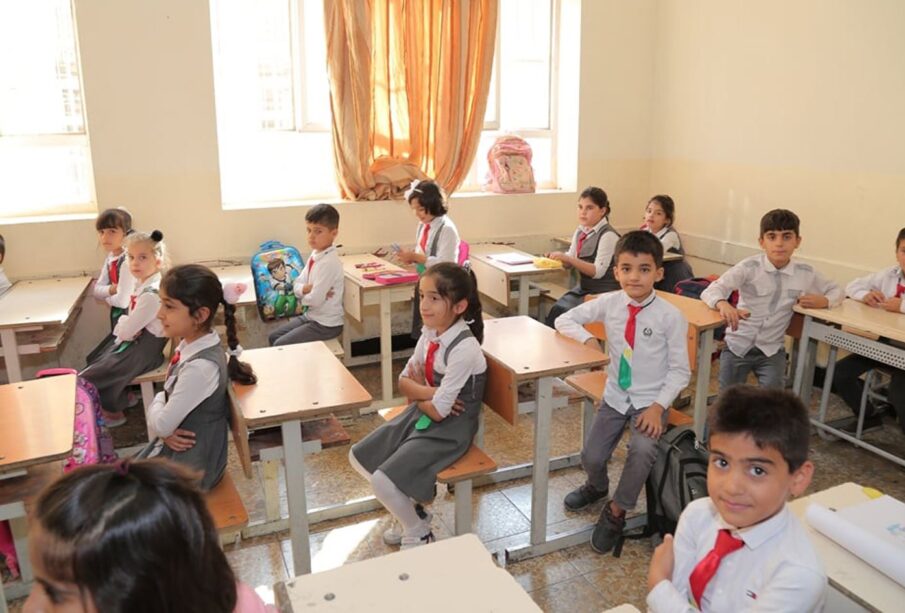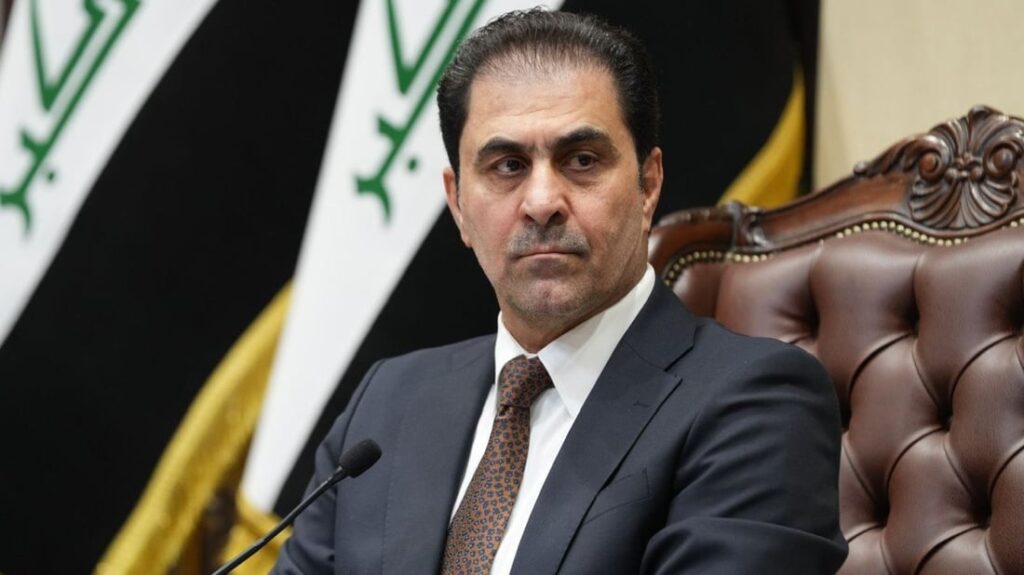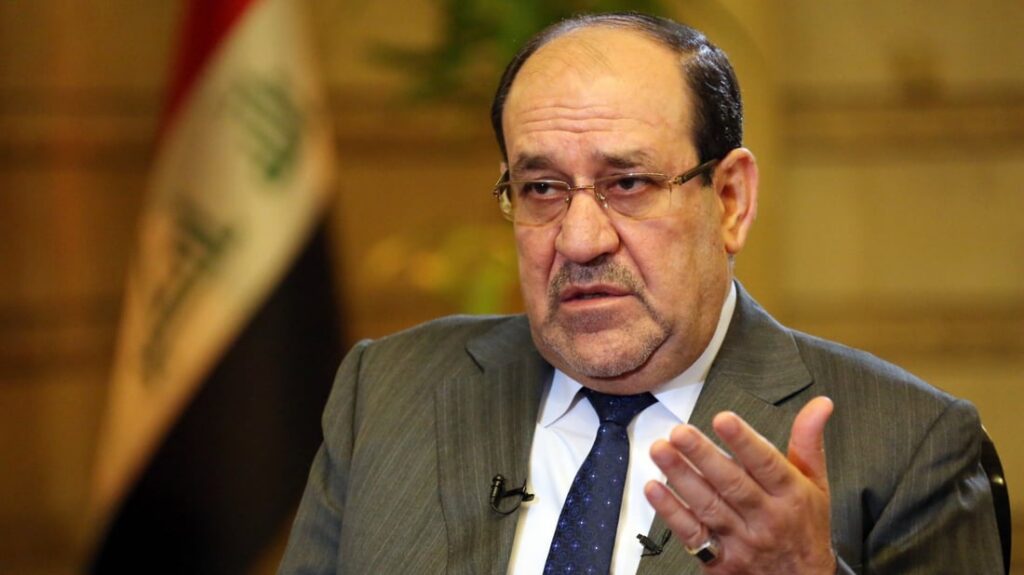Syrian Arab Republic: Syria: UNHCR Operational Update, October 2019
As of end of September 2019, UNHCR Syria provided community-based protection to 1,219,612 displaced persons, returnees and host community members, including 220,125 individuals provided with legal assistance, 188,716 children with social and recreational activities in community centres, child-friendly spaces, schools and other outreach activities, 56,393 students with remedial and catch-up classes, and 165,618 individuals taking part in SGBV awareness sessions.
Meanwhile, 1,202,278 individuals received at least one core-relief item, 209,016 displaced persons, returnees and host community members benefited from UNHCR’s shelter activities, while 320,858 individuals were supported through UNHCR’s community-based health interventions, as well as 2,531 individuals benefited from the UNHCR’s livelihood programme.
UNHCR recorded 75,501 Syrian refugees having spontaneously returned between January and September 2019. An increase in self-organized returns of refugees in 2019 is expected. UNHCR will continue to respond to the needs of the displaced and refugee returnees with the same implemented community-based protection approach assisting internally displaced Syrians.
Update on Achievements
Operational Context
In the ninth year of the crisis, the humanitarian needs in Syria remained staggering in terms of scale, severity and complexity, with protection risks persisting in a number of areas. According to the Humanitarian Needs Overview (HNO) 2019, a total of 11.7 million people are in need of humanitarian assistance, including 6.2 million people that are internally displaced. Some 5 million people are in acute need due to a convergence of vulnerabilities resulting from displacement, exposure to hostilities and limited access to basic goods and services. There are also 1.1 million people in need in hard-to-reach locations.
With the consolidation of government control and changing territorial landscape, there has been an increasing level and pace of return of IDPs and refugees. In 2018, 1.4 million IDPs found their way back home, while 56,000 refugees were verified as having returned. In 2019, a total of 75,501 refugees have returned, although these refugee return figures are likely to be higher. Moving UNHCR’s operational focus from emergency response to durable solutions continues to be a key priority for the operation throughout the year. People are returning despite challenging circumstances, and the operation aims to provide initial support to returnees and vulnerable population through an area-based approach. It includes immediate shelter repair, legal aid/documentation, community-based protection, primary health, livelihoods and education. Increasing needs for support for returnees also require wider and more predictable humanitarian space for all actors.







